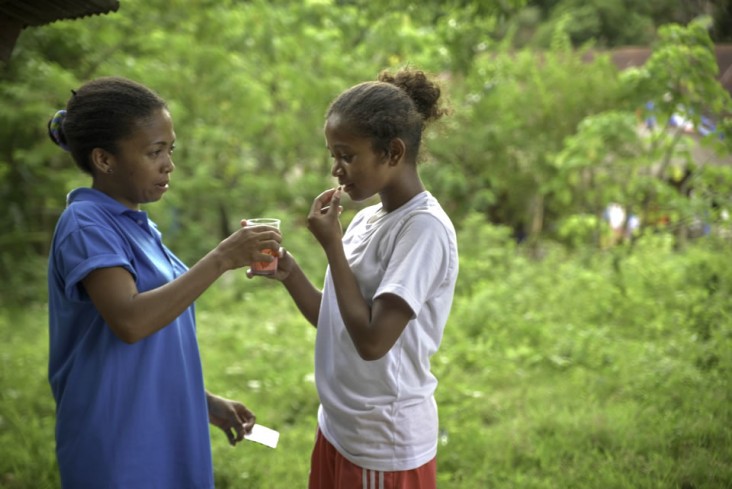- What We Do
- Agriculture and Food Security
- Democracy, Human Rights and Governance
- Economic Growth and Trade
- Education
- Environment and Global Climate Change
- Gender Equality and Women's Empowerment
- Global Health
- Humanitarian Assistance
- Transformation at USAID
- Water and Sanitation
- Working in Crises and Conflict
- U.S. Global Development Lab
Speeches Shim

Tuberculosis (TB) is the leading infectious disease killer globally. In 2016, there were an estimated 10.4 million new cases of TB and the disease claimed the lives of 1.7 million. This deadly disease is transmitted through the air from person to person and it occurs in the United States and around the world. TB is curable, but inappropriate treatment can lead to drug-resistant TB (DR-TB). Multidrug-resistant tuberculosis (MDR-TB) is resistant to two of the most-effective TB drugs, isoniazid and rifampicin. While extensively drug-resistant TB (XDR-TB), shows additional resistance to any fluoroquinolone and at least one of the injectables used to treat second-line drug-resistance.
MDR-TB and XDR-TB are both increasing global health security threats. An outbreak of DR-TB would have serious consequences for individuals, because of the long, difficult and toxic regimen required. Health systems and economies will also suffer, because of the very high cost of treatment, as well as the burden DR-TB places on providers, institutions and health systems.
The U.S. Government addresses this growing crisis domestically and internationally and advances research on this critical public health issue through the National Action Plan for Combating Multidrug-Resistant Tuberculosis (National Action Plan). This 5-year plan, released in 2015, builds on and contributes to the success of the U.S. Government's domestic and global TB strategies, as well as the World Health Organization's END TB Strategy.
The goals of the National Action Plan are to accomplish the following:
- Strengthen domestic capacity to combat MDR-TB
- Improve international capacity and collaboration to combat MDR-TB
- Accelerate basic and applied research and development to combat MDR-TB
Reports
- National Action Plan for Combating Multidrug-Resistant Tuberculosis, Year Three Report
- National Action Plan for Combating Multidrug-Resistant Tuberculosis, Year Two Report [PDF, 618KB]
- National Action Plan for Combating Multidrug-Resistant Tuberculosis, Year One Report [PDF, 6.9MB]
- National Action Plan for Combating Multidrug-Resistant Tuberculosis, Six Month Progress Report and Future Direction [PDF,474KB]
- National Action Plan for Combating Multidrug-Resistant Tuberculosis
Additional Resources
- Watch a video of the launch event
- Read the press release announcing prominent health care companies partnering with USAID to combat
- Watch a video message from Congressman Eliot Engel.
- Watch a video of Senator Sherrod Brown sharing his thoughts on the National Action Plan.

Comment
Make a general inquiry or suggest an improvement.